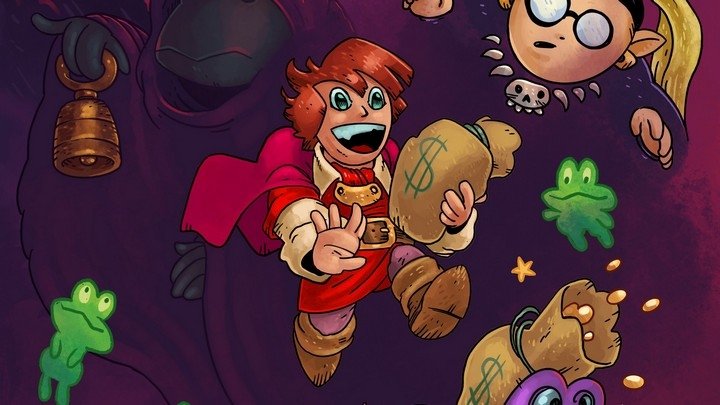Go go go! It's... Mach Rider
Today's a Tuesday, which means it's (1) the day Bison visits Chun-Li's village and (2) the day a new episode of Good Nintentions Retronauts Video Chronicles goes live. This time around, it's a look at Mach Rider for NES:
Like Donkey Kong Jr. Math, Mach Rider exists in a state of quantum actual-release-date flux. Nintendo says it launched one date (Oct. 1985); every other source from the time says it launched considerably later (anywhere from March to August 1986). So, I've grouped it with Math as a provisional 1986 release and called it a day.
For the most part, this video focuses on the game's design and how its racing tech (and uncredited development staff) appears to tie it to an older Famicom game that never shipped in the U.S.: F1 Race, which like Mach Rider was co-developed by HAL. Everything I've come up with is, unfortunately, speculative, but it's not difficult to connect the dots and see how one game might have served as the foundation for the other, given the common staff, similar tech, and seemingly U.S.-oriented aesthetics and design of this game.
As for Mach Rider itself, it's decent enough. I've never been able to find much to love about it myself, but I came into it later. I imagine it was probably a heck of a showcase for the console's capabilities back in 1986. The game moves fast when you're in 4th gear... maybe too fast. The lack of any actual scaling technology in the NES hardware means that obstacles on the road become extremely hazardous due to positional ambiguity. It becomes difficult to judge how far away objects are from you and where on the road they actually lie, laterally speaking. It feels kind of shabby to criticize the game, though — this was an early NES game running on bare hardware with no cartridge enhancements, and while it's certainly no Out Run, it's an impressive example of what the most accomplished NES programmers could achieve without add-on aids. That it's ultimately only so-so as a game puts it in good company with far less spectacular-looking releases of the era; at least this one has visual pizzazz going for it.
And a brazen Rush reference. That counts for a lot, in my book.



